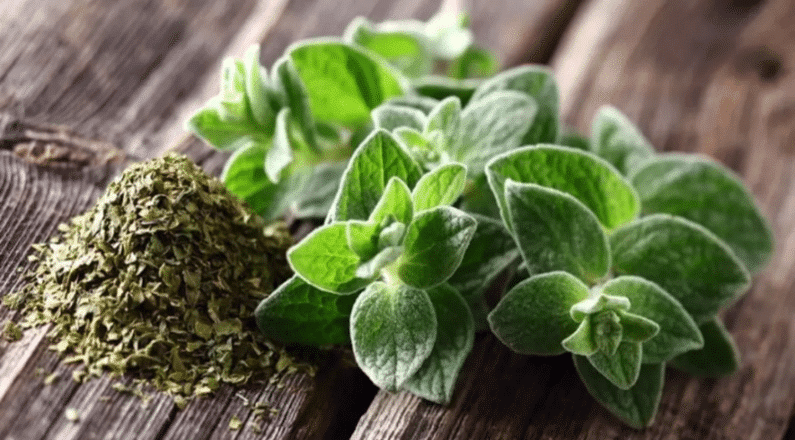Mentha X piperita L. (Mentha spicata X Mentha acquatica), of Labiatae Family
Morphology: This is a diverse sterile hybrid, with intermediate characters as his parents. It is a perennial sore with or without hairs, and its smell can vary. The lanceolate leaves are sessile, and the flowers grow in an inflorescence of ears (wider than the inflorescence of M. spicata).
The parent species Mentha spicata is a strongly aromatic perennial poa with rhizomes, with dense or sparse hairs or smooth, erect, and branching stems 30-150 cm tall. The leaves are oblong or ovate-lanceolate, with smooth or wrinkled laminae, broader near the middle, with flat or wavy margins and serrate.
It is a heterogeneous hybrid with like the parents or with almost rounded teeth at the tip. The flowers grow in a modular inflorescence of ears (the first few vertebrae are often distinct). Four chemotypes with different odors have been distinguished.
Flowering: Flowers in late June to late September.
Habitats and distribution: Mentha X piperita in Greece exist as a native in humid areas of relatively low altitudes (<800 m), where it co-exists with its parents. Menthol-scented stems are widely cultivated in Europe and America for the exploitation of their essential oils. The parent species Mentha spicata is probably native to the Balkan Peninsula and the Aegean and is widely cultivated in the rest of Europe, southwest Asia, and America where it has become naturalized.
Harvesting – Drying: when grown for dry dew it is harvested before flowering (June) and can yield up to three harvests a year. For essential oil it is harvested at full bloom (July). Great care is required in drying as it can ‘light up’ very easily.
Essential oils – Biological properties: Plants of the genus, all rich in essential oil content, are used in folk medicine because they have antispasmodic, anti-inflammatory, tonic, antimicrobial and haemostatic properties.
The constituents of Mentha piperita leaves vary depending on the ripening conditions of the plants, the variety grown, the geographical area and the processing used. The main active ingredient is the essential oil. The leaves contain 1.2 – 3.9 % (w/w) essential oil, the main constituents being menthol (30-55 %) and menthone (14-32 %). Other monoterpenes in the essential oil are limonene (1-5%), cineole (3, 5-14%), menthofuran (1-9%), isomenthone (1.5-10%), menthyl acetate (2.8-10%), pulegone (up to 4%) and carbone (up to 1%).
The essential oil has several therapeutic properties and is widely used in the perfume industry. As a decoction or as an essential oil, it is analgesic, anti-insomnia and helpful in headaches. Peppermint essential oil has been shown to have antimicrobial activity. It is used in toothpastes, in oral hygiene products as well as chewing gum as a flavoring agent.
Mint leaves are a traditional herbal medicinal product for the symptomatic relief of digestive disorders such as indigestion and bloating. Aqueous extracts of peppermint are rich in phenolic compounds (luteolin 7-glucoside, rutin, esperidin, eriocitrin and polyoxygenated flavones, esperidin and rosmarinic acid).



















